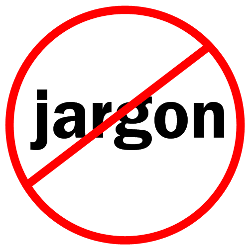How to Repurpose Your Case Studies
Every month, Write Angle posts a “Featured Project of the Month” that showcases newly developed assets.
Our most recent addition is a hybrid white paper for Pure Storage that discusses how healthcare organizations can take full advantage of virtual desktop infrastructure (VDI) powered by all-flash storage. We say “hybrid” because the front end of the piece sets the stage for profiling real-world healthcare customers actively deploying VDI today.
Like any good white paper, it opens with an educational discussion of the benefits of VDI in healthcare: improved clinician productivity and patient care, greater security and better IT cost-efficiencies. We go on to explain the role storage plays in a successful VDI implementation while citing four key challenges to “getting VDI right”.
What makes this piece so effective is the transition from the “why VDI matters in healthcare” to “here’s how it works in production environments”.
So, here’s the kicker. The origin of this hybrid white paper is a direct result of having completed four (previously standalone) case studies featuring Riverview Health, Unity Healthcare, Obstetrics & Gynecology of Indiana, and St. Luke’s Healthcare. The common denominator among these Pure Storage customers – aside from being healthcare providers – is their usage of virtualization technologies. What became clear in revisiting these case studies is that each organization achieved distinct benefits from VDI working in conjunction with flash storage solutions.
What’s the takeaway? For starters, this is a highly effective way to repurpose hard-won customer references in the context of a significant market trend. Rather than writing a white paper that discusses VDI issues in the abstract, this piece blends the theoretical with the practical. And it does so without the burden of reinventing the wheel when it comes to explaining the customer experience.
More importantly, this piece overcomes two major challenges: 1) addressing the I’m-from-Missouri syndrome among skeptical prospects (i.e., “prove it”) and 2) extending Pure Storage’s credibility as an authority in healthcare and VDI.
We’ll discuss other creative ways to leverage case studies in future blogs.











